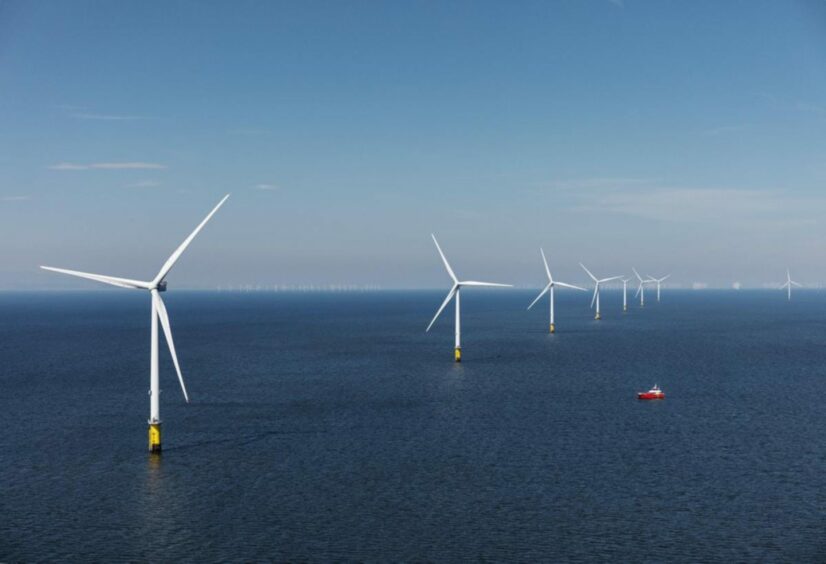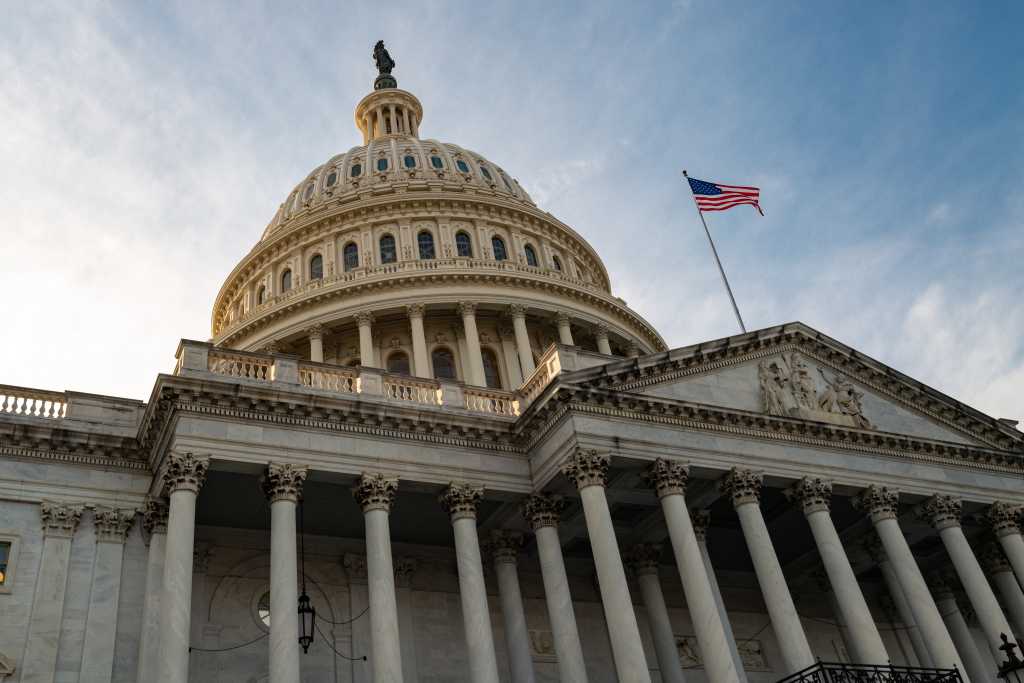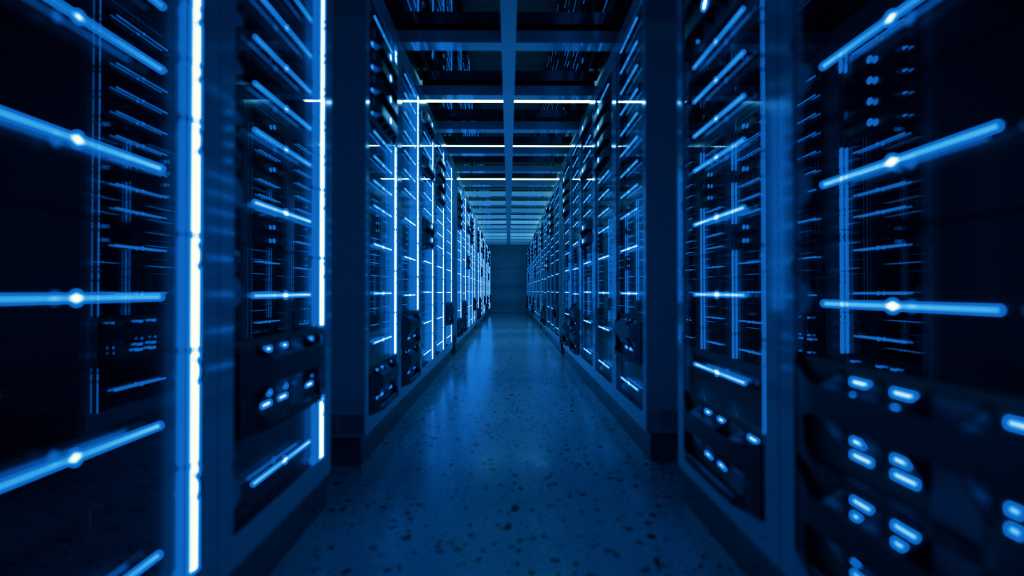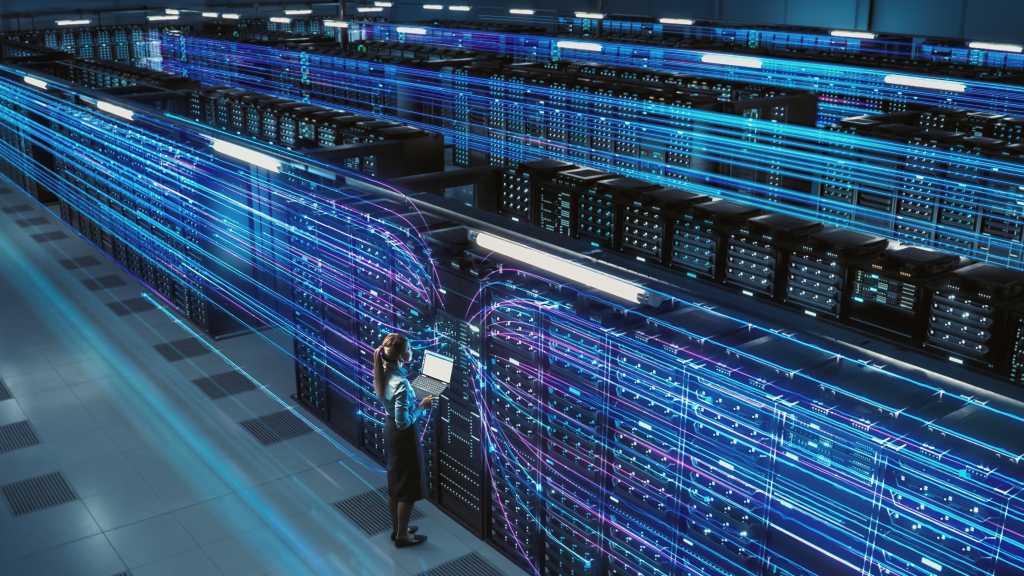
Benchmark diesel futures are showing signs of market tightness in Europe, as fuel traders continue to face supply pressures.
The most-immediate contracts on Tuesday hit the steepest backwardation — where barrels for prompt delivery are more expensive than those further down the curve — since March. The structure is often interpreted as a sign of limited supply relative to demand, with traders willing to pay a premium for fuel that’s available sooner.
Europe’s diesel supplies have been pressured by refinery outages — both planned and unplanned — in recent weeks. January also saw a sharp drop-off in shipments into the European Union and UK, according to Vortexa Ltd. data compiled by Bloomberg.
There are also signs of supply limitations in the US market, which regularly supplies Europe with cargoes. The country’s stockpiles are at their lowest for the time of year since 2014 and futures there are also strongly backwardated.
“Cargoes diverting to the US, reverse arbitrage movements from Amsterdam-Rotterdam-Antwerp to PADD 1 are indicative of an undoubtedly tight US market,” said George Shaw, an oil analyst at Kpler. For Europe, that’s “having some reciprocal effect on gasoil spreads, as it needs to price higher in order to attract cargo flow now that demand is seasonally recovering.”
Recent cold weather is also supportive for Europe’s market: lower temperatures can stoke demand for heating oil, a type of diesel. A recent jump in natural gas prices is another potential tailwind for prices.
WHAT DO YOU THINK?
Generated by readers, the comments included herein do not reflect the views and opinions of Rigzone. All comments are subject to editorial review. Off-topic, inappropriate or insulting comments will be removed.
MORE FROM THIS AUTHOR
Bloomberg



















